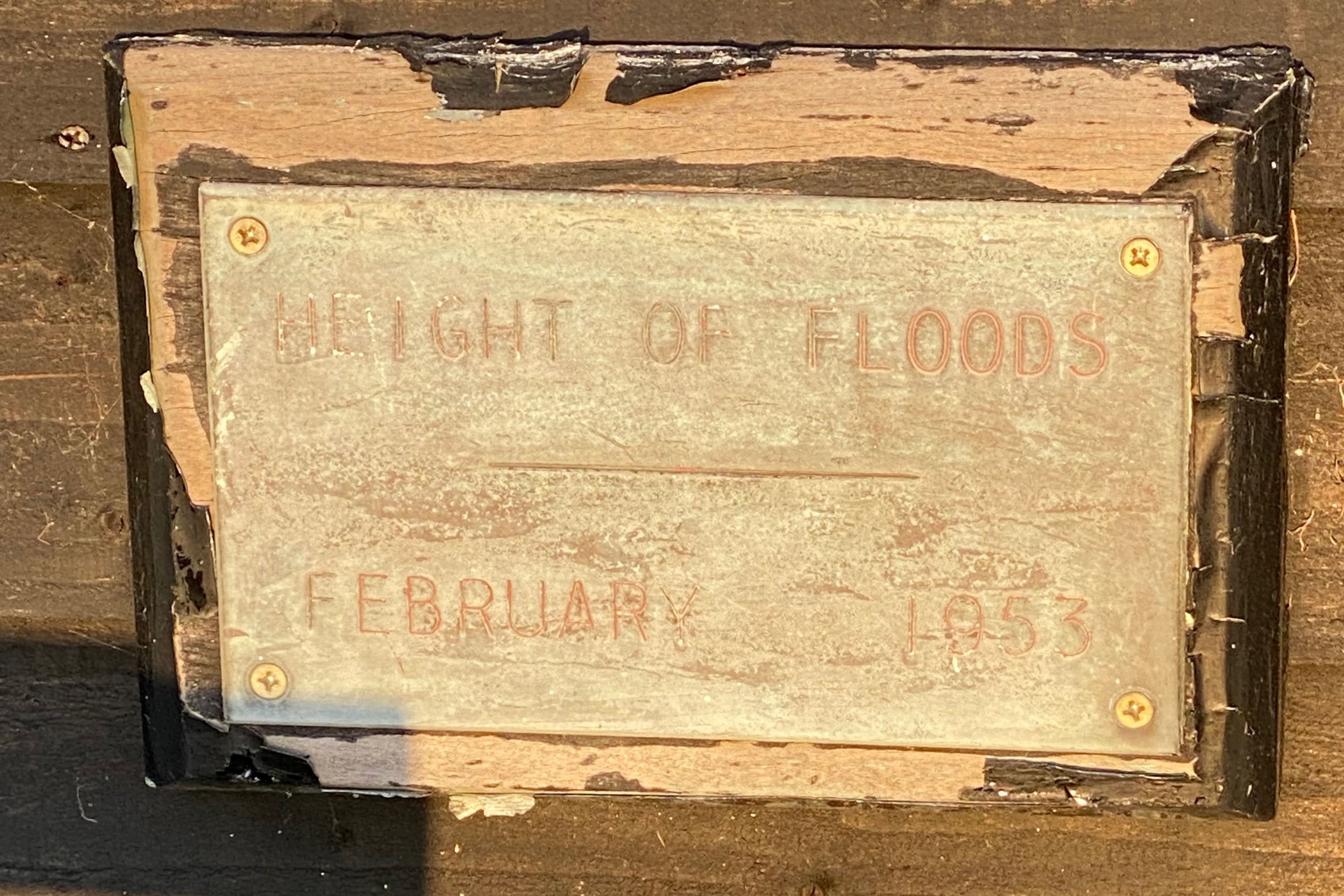
The History of Harwich and Dovercourt Golf Club
The Harwich and Dovercourt Golf Club was founded in 1906...
The foundation, however, was not without opposition. Two reverend gentlemen enquired as to whether the Club would be available for play on the Sabbath. Upon being answered in the affirmative, they straightaway announced their objections, ad asserted that should golf be allowed to be played on a Sunday, then others would soon be playing football, or even quoits, on the Lord’s Day, which would lead to all sorts of mischief. Besides which, golf as only played by the leisured classes and so would have no need to play on a Sunday, as they would have plenty of time to indulge in their pastime during the week.
Notwithstanding this highly principled opposition, the Harwich and Dovercourt Golf Club was inaugurated, and was set up thirty-three acres of the Garland Estate in Parkeston over which land golf has been played ever since. Guidance at the outset fell to the first President, A. N. Garland Esq. and the first Captain, E. Napier Clavering.
There were, of course, no facilities apart from the course itself, and so, in 1912, the original clubhouse, now the bungalow ad shop, was build at a cost of £150. Between the wars tis was extended, and two rooms were added on. The Ladies of the Club decided to form their own section and, under the first Ladies Captain, Mrs A. Lucas, this happened in 1930.
At the onset of the Second World War the club was requisitioned by the army, and became part of the anti-invasion area, with a line of tank traps, which stretched from the River Stour, right across the peninsular, to the sea. This line of tank traps went right across the golf course, and some can still be seen beside the third fairway. Pillboxes were also build on the course, one of which is still prominent immediately behind the seventh tee. The end of hostilities saw the army withdraw, and the Club was handed back to its members who carried out a considerable amount of reconstruction to reinstate the course.
All went reasonably well until 1953. When the great flood inundated the clubhouse and the course at least as far as the embankment. To this day the height of the floodwater’s can be identified on the wall close to the shop entrance. Colchester Golf Club very kindly offered our members courtesy of their course while Harwich was unplayable.
The Club celebrated its 50th anniversary in 1956 at which time there were 50 Gentleman members, 26 Lady members, as well as a few Juniors and Country members. The annual subscription at that time was 8 guineas (£8.40p today) for the Gentleman and 6 guineas (£6.30p) for the ladies! Interestingly there is no evidence of a joining fee at that time.
After leasing the club land for fifty-eight years, the freehold was offered to the Club. The purchase of the land was overseen by the Captain of the day, Lewis Crickmore and was achieved at a figure of £1500 in March 1964. The deeds were vested in the name of Trustees, which situation remains to this day, and the first members to hold this office were Messrs. L Crickmore, G V Smith, L Horn, and G Congdon.
Two years later, in 1966, it was decided to build a new Clubhouse. This project was initially introduced by the Captain Bill Stubbles and put to the members at a special meeting on 23rd November 1966. Acceptance of the project was unanimous and produced a ‘hearty round of applause’! John Roe drove the development forward during his Captaincy year. In order, to finance this project, a levy of £10 (equal to almost a full year’s subscription) was imposed on each full member, and the balance was raised from loans given by members and grants obtained. The cost of the construction of the Clubhouse as we know it today, was £5022, and it was officially opened on 28th October 1967.
Membership continued to grow, and improvements to the course meant that one person could no longer cover the job of Steward and Greenkeeper, and so in 1970 the job was split, and a specialist greenkeeper was engaged.
Throughout the years, Harwich and Dovercourt continued to grow as well as the surrounding villages and the population outgrew the available facilities. Accordingly, a new sewage treatment works had to be build, and the site for this was about one mile to the West of the extreme end of the course. The main tunnel to take the sewer passed right under our cap park and all along the length of the par five third fairway. This was a massive civil engineering undertaking and caused no little disruption on the course and the players. The survey of the tunnel had not shown that there were large sandstone boulders along the line of mining. This resulted in one of the mining moles, nicknamed “Adrian”, being diverted downwards. “Adrian” proved to be irrecoverable, and is sill down there, near the third tee. Subsequently most of the mining was done by shot blasting. The work by Anglian Water was completed in the Autumn of 1996, and the course was once again restored.
After many years of negotiations with our neighbours, in October 2001, forty acres of land were purchased. This made our boundaries unassailable and gave our Club the opportunity to create a practice ground, to not only increase the facilities for the members, but to also to be used as a means of introduction to golf for those who would like to take up the game.
The Harwich and Dovercourt Golf Club, with its intimate atmosphere and limited catchment is very much a community Golf Club and may I remain so for another hundred years